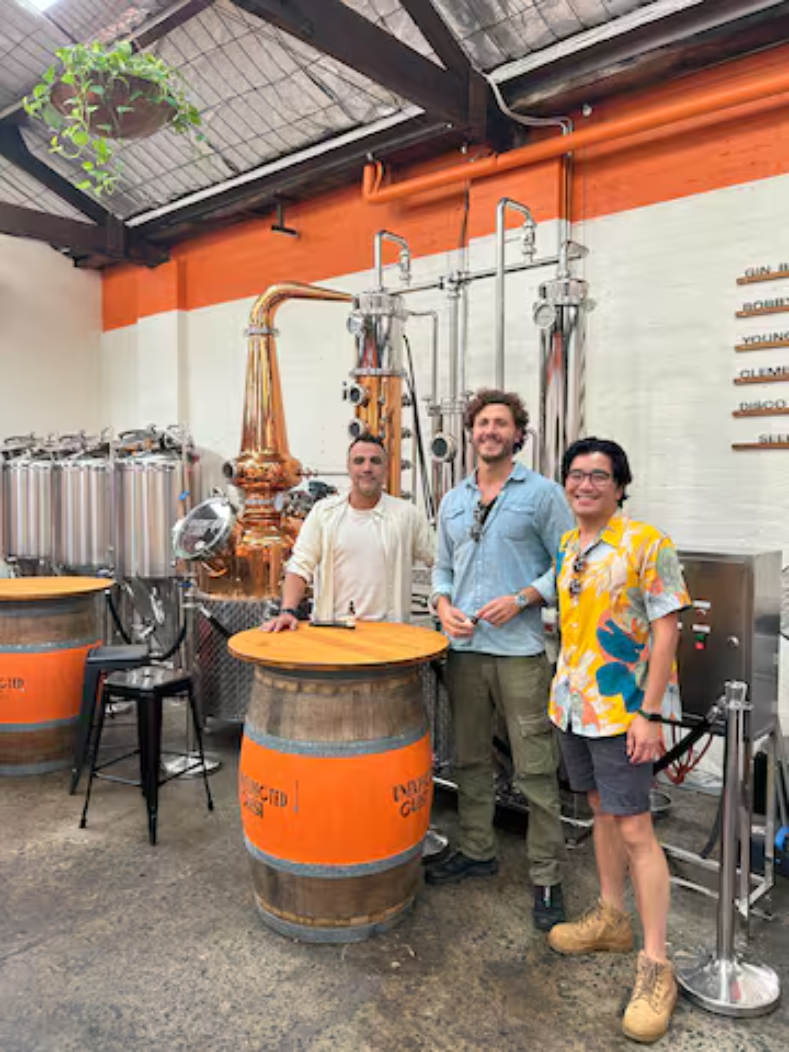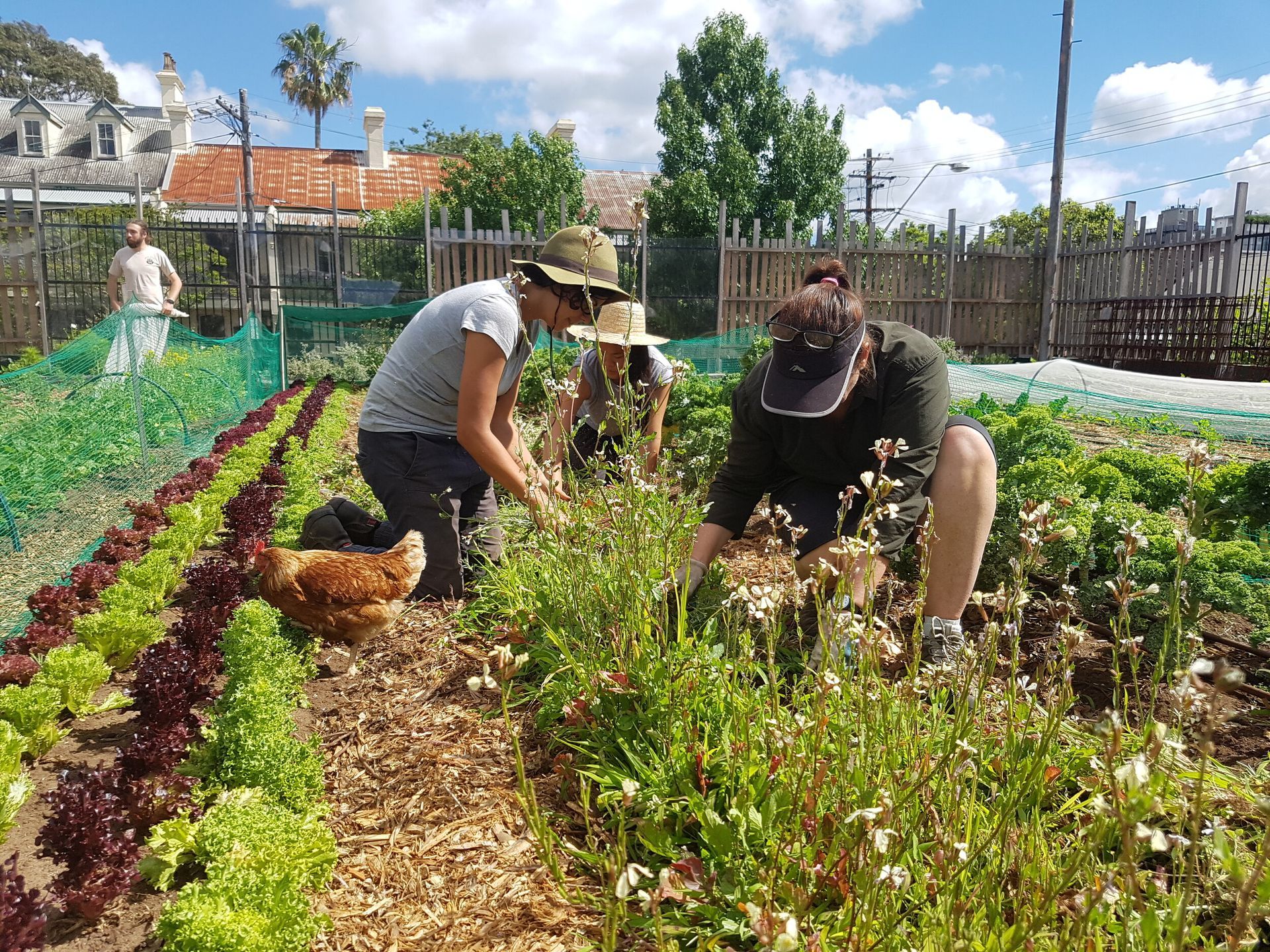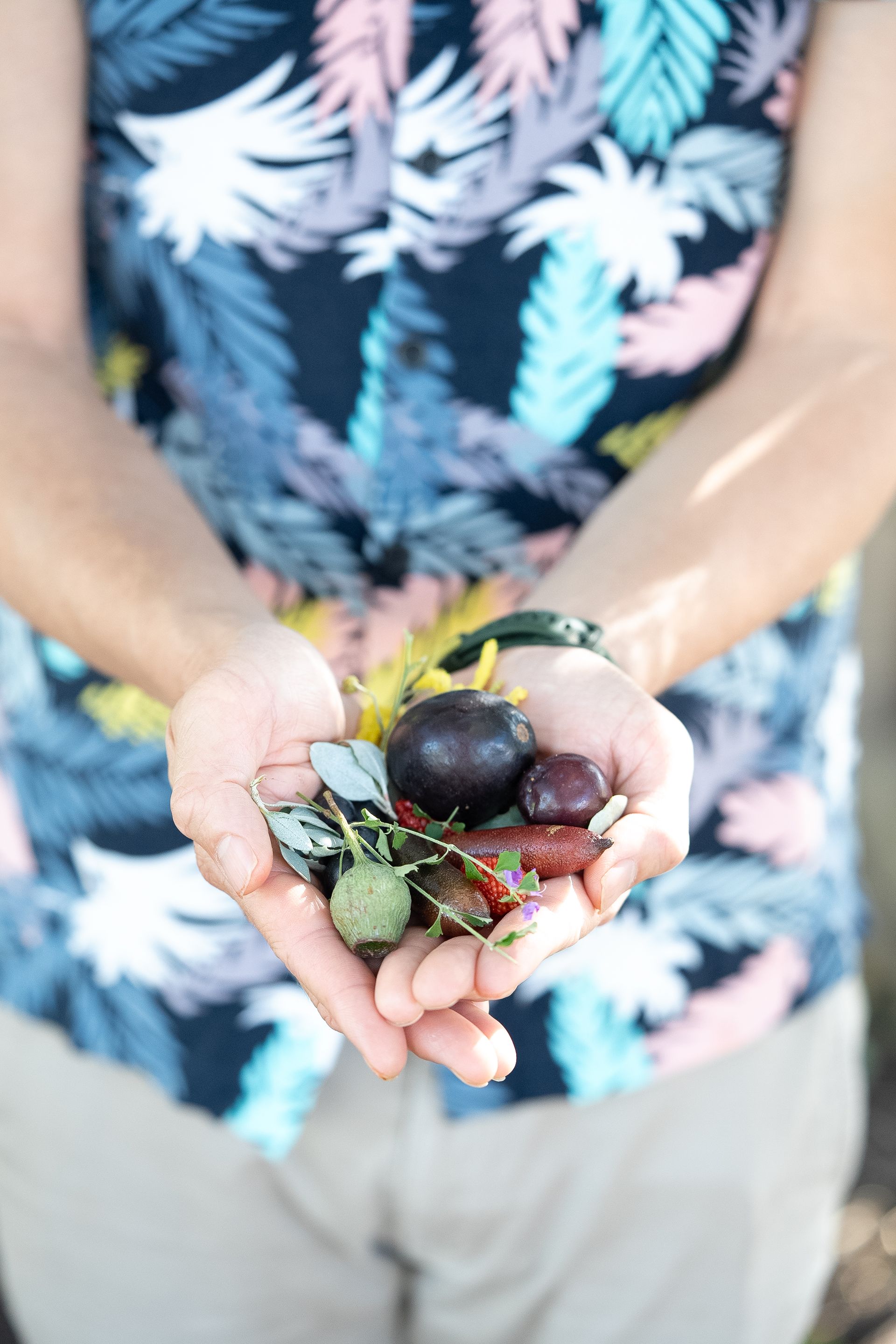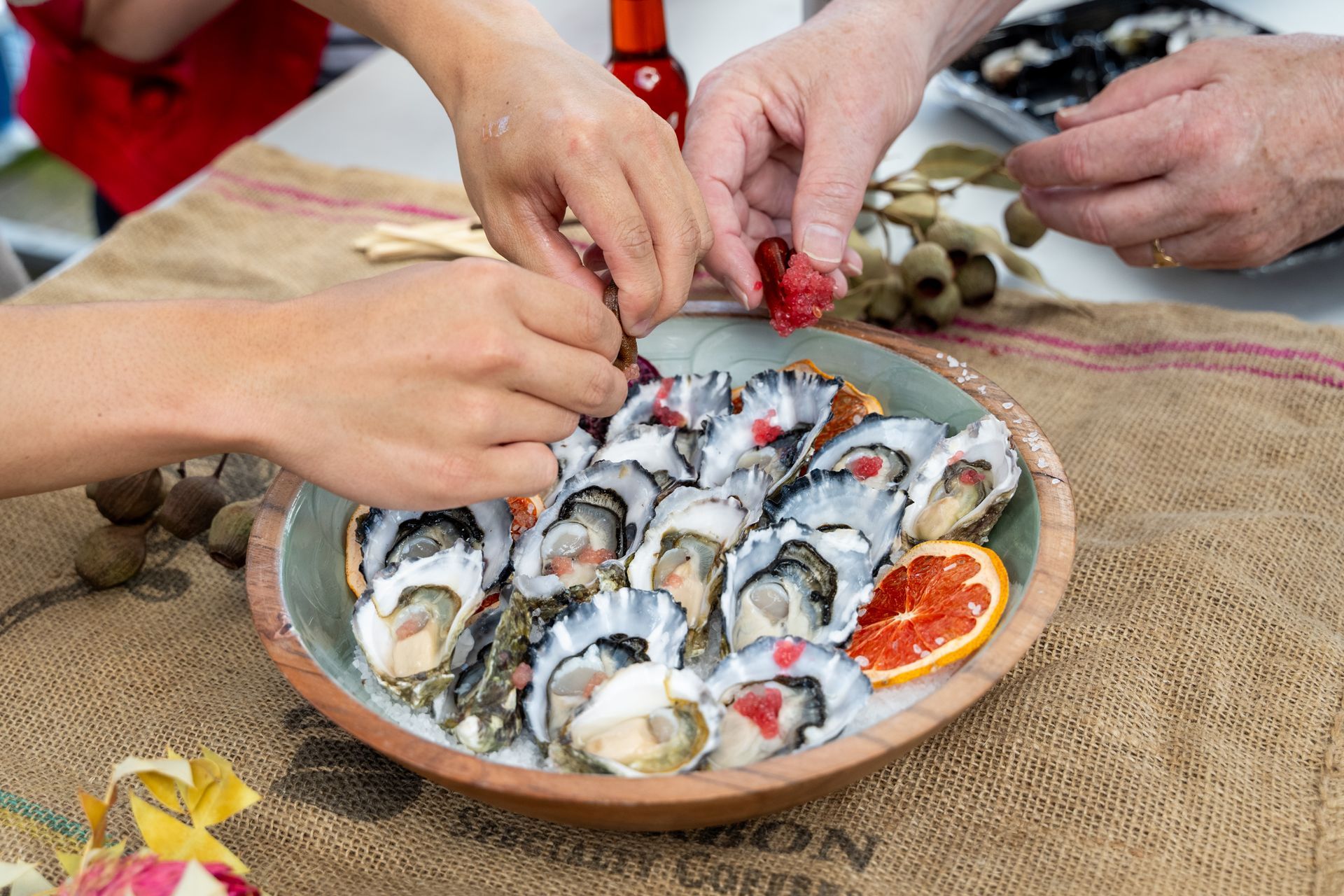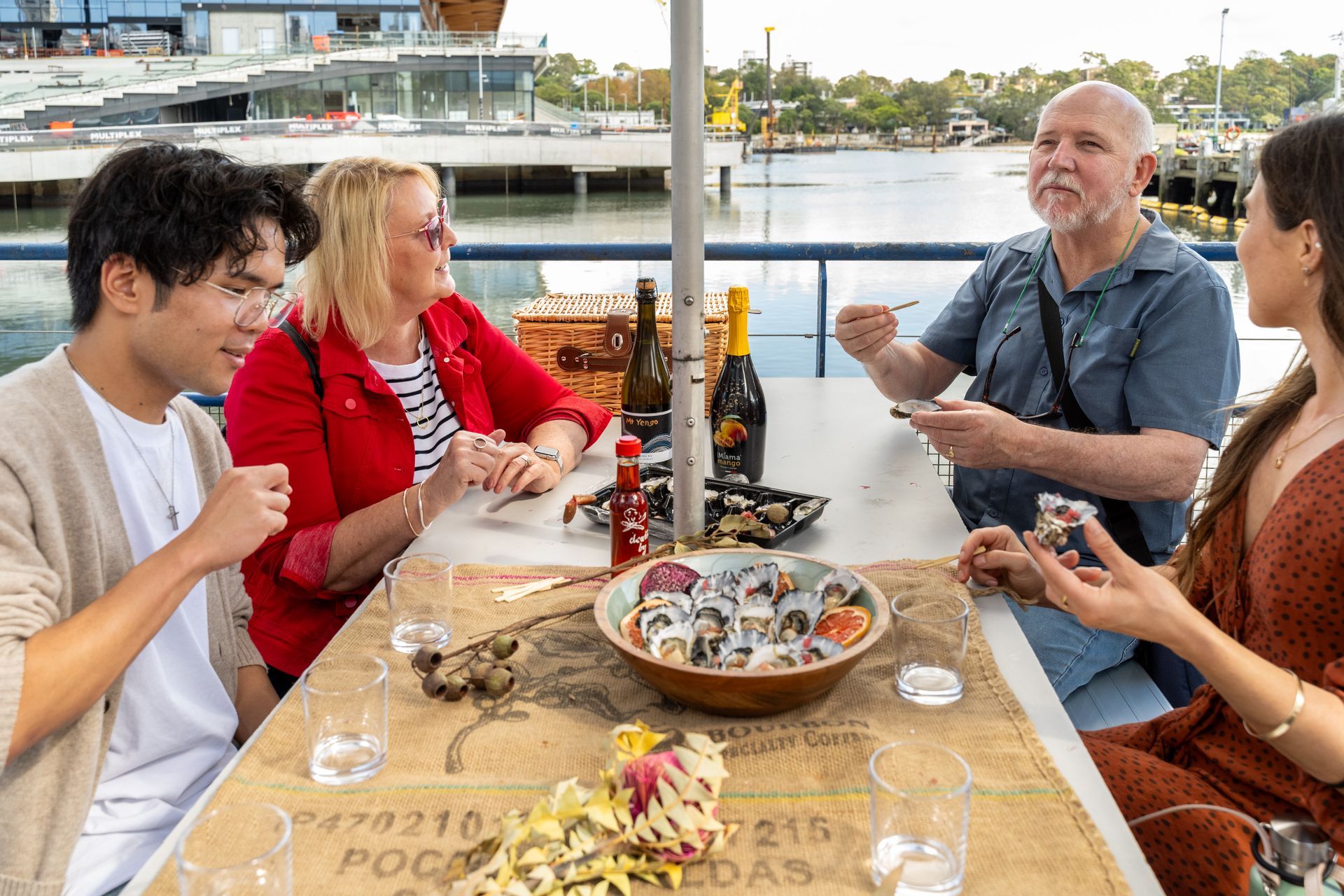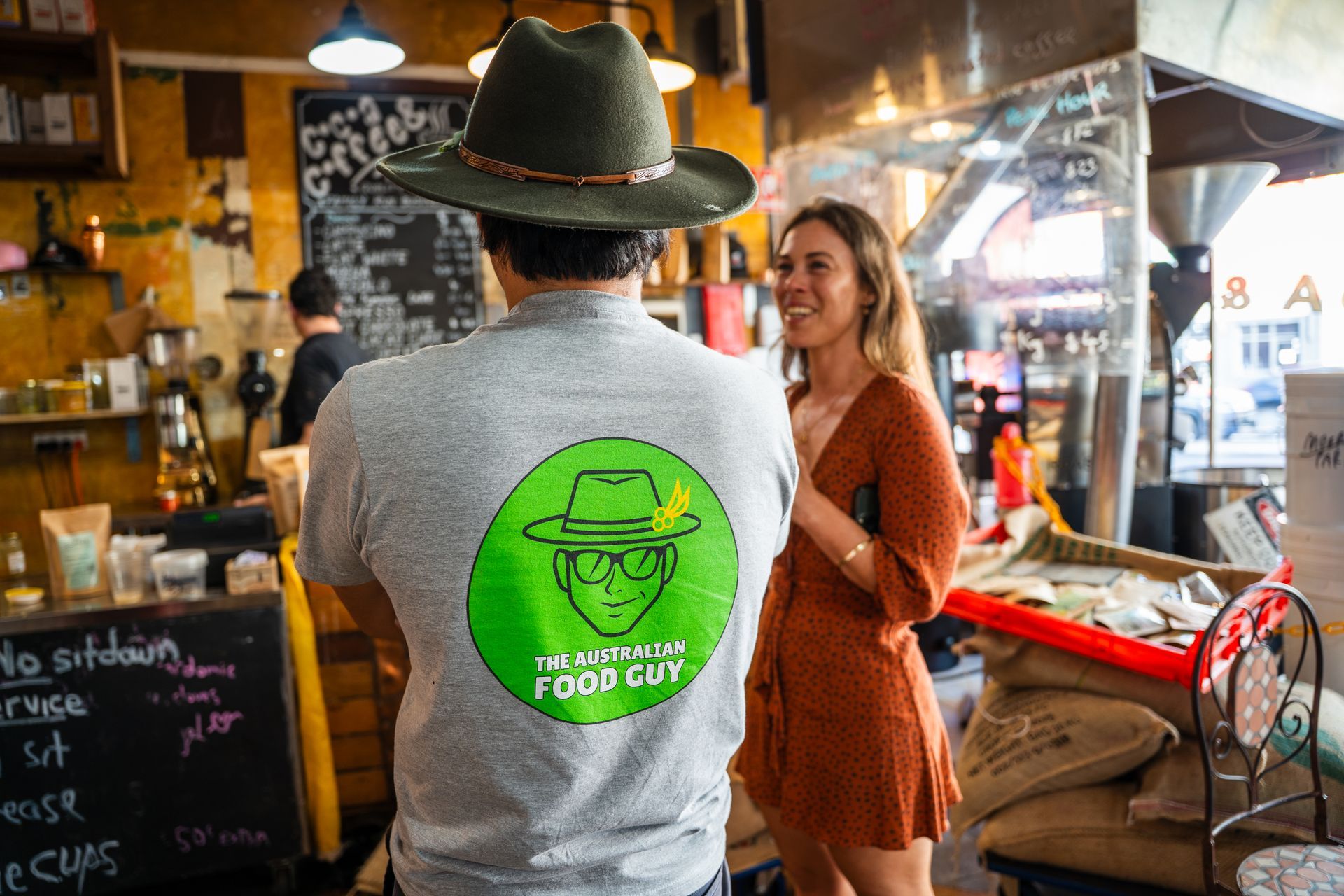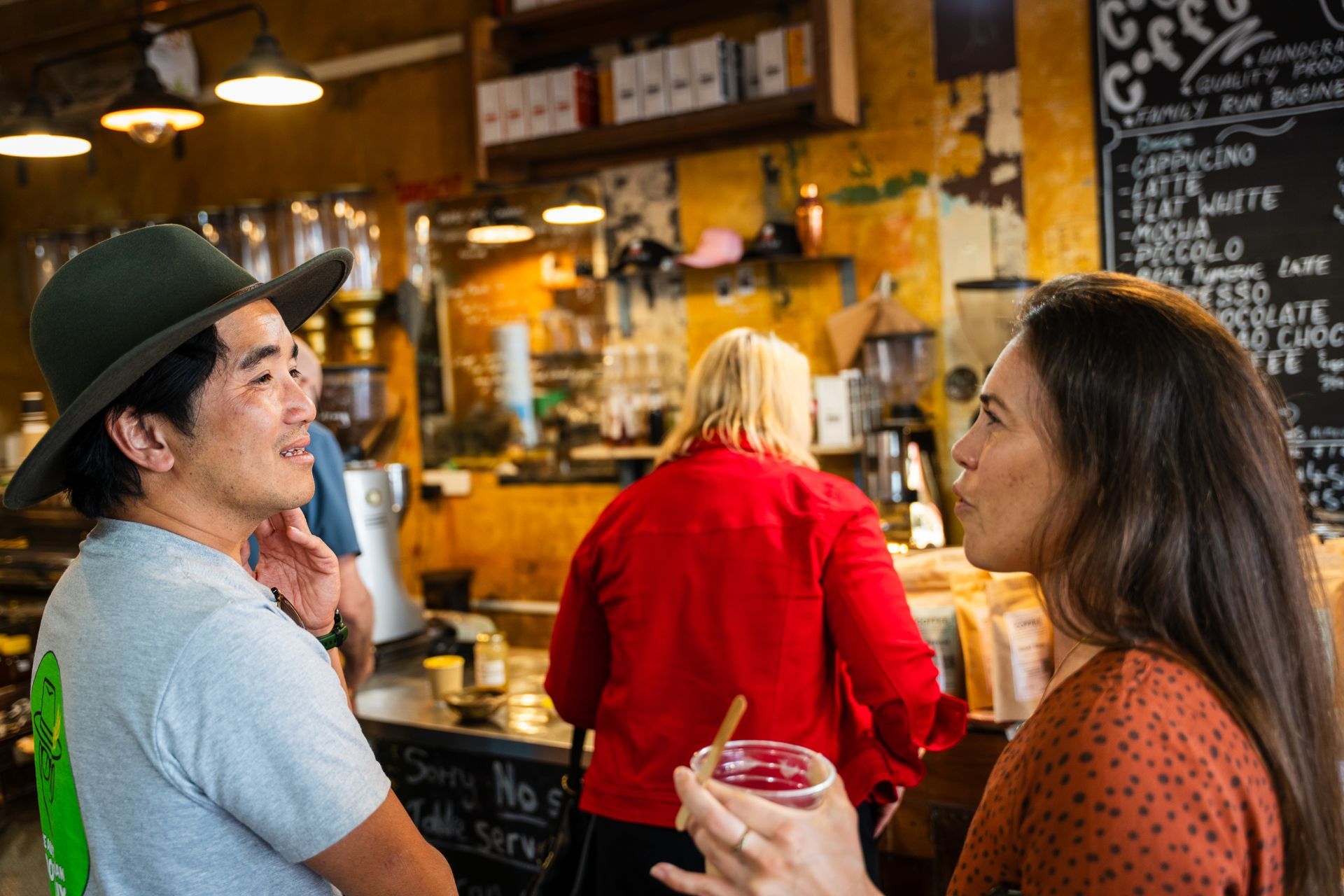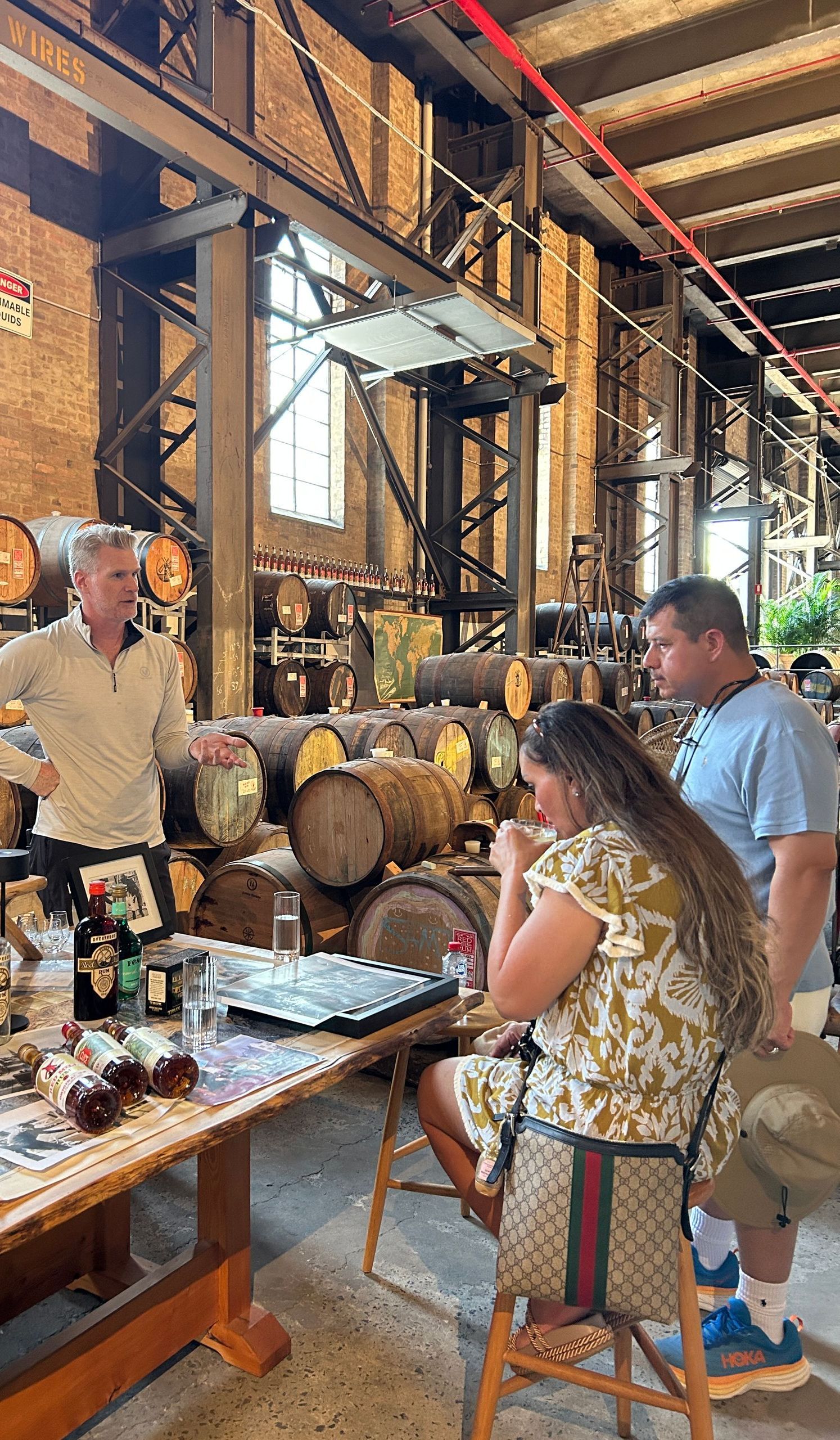Top 5 Neighbourhoods to Explore on a Food Tour
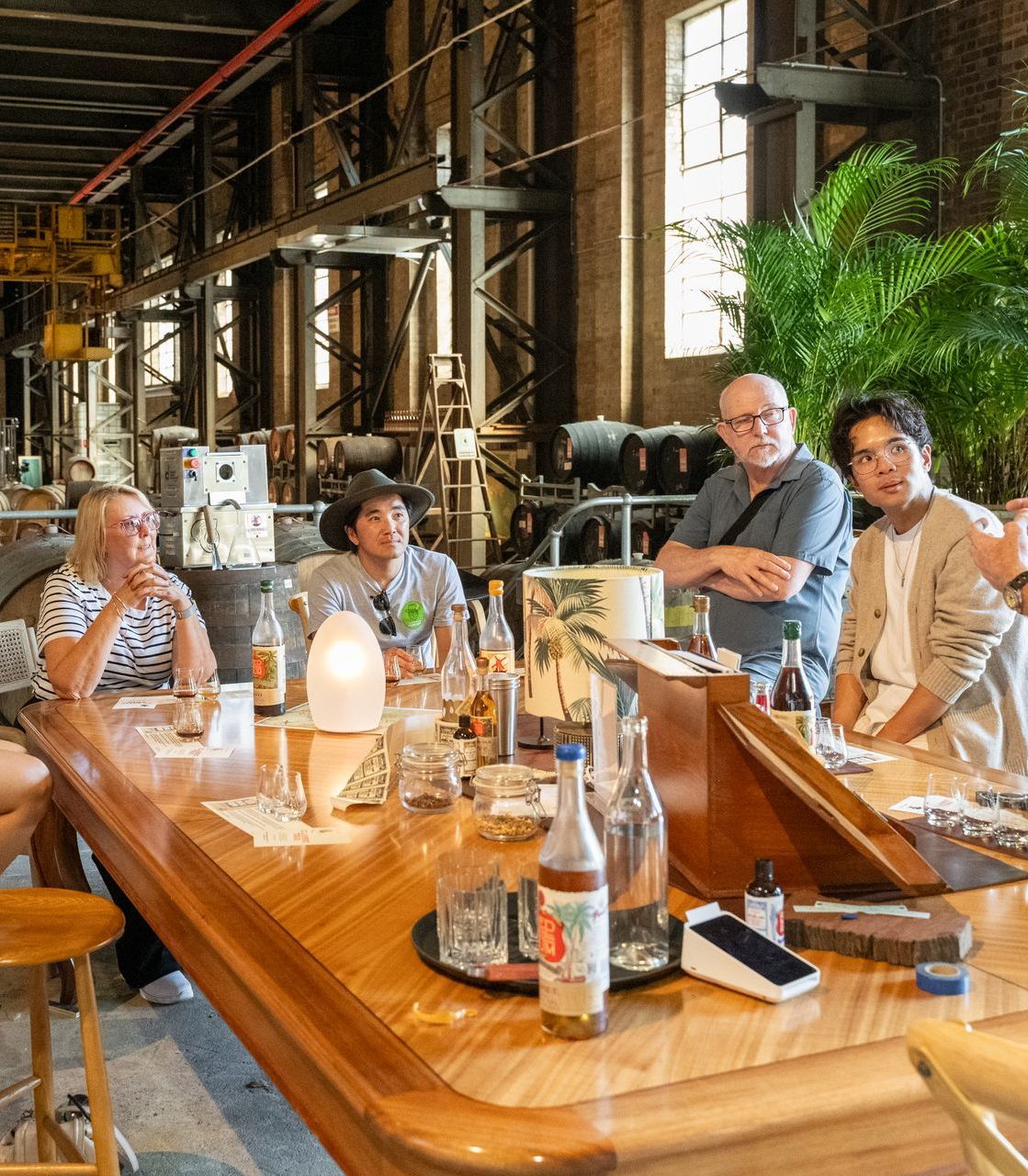
Sydney is a city of neighbourhoods—and each one tells its own story through food. Whether you’re a local looking to try something new or a visitor searching for the best things to do in Sydney, one of the most rewarding ways to explore is by joining a guided food tour.
From dumplings in Chinatown to Lebanese sweets in Lakemba, a Food Safari Sydney isn’t just about eating—it’s about discovering culture, history, and community through every bite. Here are five of the best suburbs to explore on foot and on a full stomach.
Table of Contents
- Chinatown: A Classic Starting Point
- Cabramatta: Vietnamese Flavours and Hidden Gems
- Lakemba: Bold Flavours of the Middle East and South Asia
- Marrickville: Where Greek and Vietnamese Cultures Meet
- Petersham: A Taste of Portugal in Sydney
- Explore with The Australian Food Guy
Chinatown: A Classic Starting Point
Chinatown in Haymarket is where many start their food tours in Sydney, and for good reason. It’s packed with affordable, delicious eats and full of cultural energy.
Expect to try:
- Fresh dumplings in every form
- Noodle soups and street snacks
- Chinese bakery treats like egg tarts and pineapple buns
- Bubble tea and herbal drinks
The area also offers insight into Sydney’s Chinese-Australian community, from historic laneways to neon-lit food courts.
Cabramatta: Vietnamese Flavours and Hidden Gems
Cabramatta is one of Sydney’s most exciting food destinations—and it’s even better with a guide. This suburb is a paradise for lovers of Southeast Asian cuisine.
You’ll discover:
- Authentic bánh mì with crispy pork or BBQ chicken
- Bowls of pho bursting with flavour
- Rice paper rolls with fresh herbs and dipping sauce
- Local markets packed with exotic produce and spices
On a walking tour, you’ll get to know the best stalls, back-alley gems, and family-run favourites that make this area so beloved.
Lakemba: Bold Flavours of the Middle East and South Asia
Lakemba is where Sydney’s food scene gets seriously flavourful. A Food Safari Sydney here takes you deep into Lebanese, Pakistani, and Bangladeshi cuisine.
Dishes to look out for:
- Grilled kebabs wrapped in fresh flatbread
- Spicy samosas and crunchy pakoras
- Rich curries and biryanis
- Sweet treats like baklava and jalebi
During Ramadan, the night markets light up the suburb—but even outside of that, Lakemba’s food culture is vibrant year-round.
Marrickville: Where Greek and Vietnamese Cultures Meet
Marrickville is a multicultural gem. Known for its creative, down-to-earth vibe, it blends long-standing European traditions with a wave of exciting Asian eats.
Try:
- Greek spanakopita and koulouri from family bakeries
- Vietnamese bánh cuốn and pho
- Charcoal chicken with house-made garlic sauce
- Craft beer and modern Aussie-fusion desserts
This suburb feels like a laid-back local secret—until you taste what it has to offer.
Petersham: A Taste of Portugal in Sydney
Petersham is home to Sydney’s Portuguese community, and the food is reason enough to visit.
Must-try bites:
- Flaky pastéis de nata (Portuguese custard tarts)
- Bifanas (pork sandwiches with mustard and piri piri sauce)
- Portuguese BBQ chicken with spicy marinade
- Espresso from traditional cafés
It’s a smaller neighbourhood, but what it lacks in size, it makes up for in serious flavour—and the charm of discovering something niche and authentic.
Explore with The Australian Food Guy
Hungry yet? If you’re ready to see Sydney in a whole new way, book a tour with The Australian Food Guy. Our food tours in Sydney bring these neighbourhoods to life through local knowledge, unforgettable dishes, and casual walks through culture-rich streets.
You don’t need a passport to explore the world—just an appetite and a sense of curiosity.
About The Australian Food Guy
The Australian Food Guy runs engaging, small-group
walking food tours across Sydney’s most delicious suburbs. Whether you’re a foodie or just want a fun day out, our tours connect you with the real Sydney—one dish at a time. Visit
theaustralianfoodguy.com to learn more.
